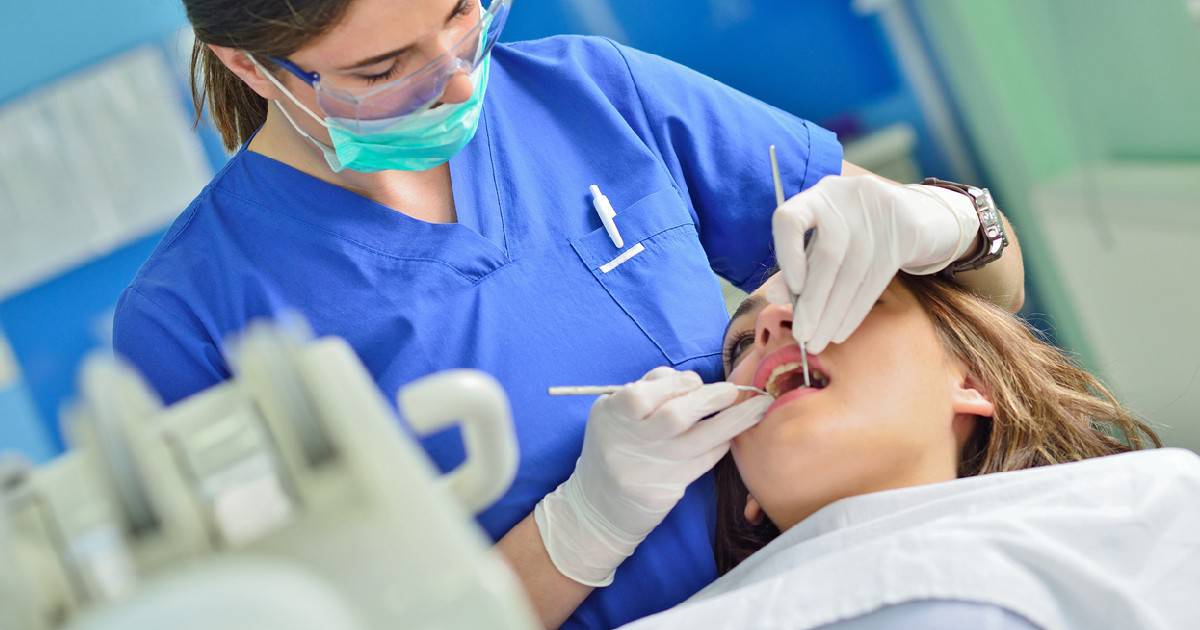Latest News
5 Dangerous Signs That You Have to Take Your Child to the Dentist

Take Your Child to the Dentist
Many people all over the world feel nervous and even stressed before dental check-ups. The fear of dentists is usually formed in childhood if the parents don’t support their children during dental treatment. When the person grows up, he or she transfers this fear through the whole life.
If you want your child to have healthy teeth and be brave at the dentist’s chair, you shouldn’t neglect dental issues in your child. You should understand that it is easier to treat any oral disease at the early stages. In this article, we gathered five dangerous signs that you have to take your child to the dentist.
1. Tooth decay
There is a common belief that there is no need to treat tooth decay on baby teeth because they will fall out anyway. This statement is completely false and can even lead to unpleasant consequences. In most cases, untreated toot decay destroys babby teeth and reaches the developing permanent teeth. This may result in permanent tooth damage and even orthodontic issues. In addition, oral health of children with ADHD are more prone to tooth decay and require special attention. If you have noticed that there are cavities in the child’s teeth, you should make an appointment with a pediatric dentist as soon as possible.
2. Bruxism
Bruxism, also called teeth grinding is a quite common condition in children. This condition means that a child clenches or grinds his or her teeth. There are two types of bruxism, awake and sleep teeth grinding. When a child clenches teeth while concentrating on studying or paling, it is called awake bruxism. If teeth grinding occurs when the child sleeps, it is sleep bruxism.
In most cases, this condition leads to enamel wear that can damage baby teeth and make then more prone to tooth decay. Moreover, children who suffer from bruxism also complain about increased tooth sensitivity. It is important to treat this condition as it can affect permanent teeth over time.
3. Malocclusion
Malocclusion is a condition in which a person has problems with bite. It means that there are certain issues with upper and lower jaw contact. Malocclusion can be caused by various factors. The most common of them are thumb sucking, little space between baby teeth, and heredity.
Malocclusion can lead to problems with the jaw, speech, and facial symmetry. That’s why it is important to start treatment as soon as possible. The most common treatment options for malocclusion are braces, removable appliances, and jaw surgery.
4. Late permanent teeth eruption
In most children, the first tooth loosening can appear after the age of six, and baby teeth fall out till the age of 13. If you have noticed that baby teeth in your child even don’t become loose by this age, it’s hight time to visit a dentist.
The reality is that baby teeth can have so-called “roots” that keep then in place and don’t let the permanent teeth erupt. This can make permanent teeth to find another way out and appear in inappropriate places. The dentist can remove baby teeth in order to help the permanent teeth erupt in the right way.
5. Gum disease
You should think that gum disease is a problem for adults only. There are a lot of factors that can contribute to the development of gum inflammation in children. The most common cause of this condition is poor dental care and plaque accumulation. Gum disease symptoms include:
– Redness
– Swelling
– Bleeding
– Bad breath
Gum disease is a quite dangerous condition that may lead to teeth loss and bone damage. That’s why it is important to perform timely and proper treatment of gum disease in children. In order to prevent its development, you should control your child’s dental hygiene. It is essential to brush the child’s teeth twice a day, floss daily, and regularly visit the dentist’s office
Addison is a student of the Aust Abbottabad University of Science and Technology. He started his graduation in 2016 and graduated in 2020. I’m a professional article and blog writer, has written dozens of content on different topics and worked with professionals all over the globe. Feel free to contact me for any assistance. [email protected]










